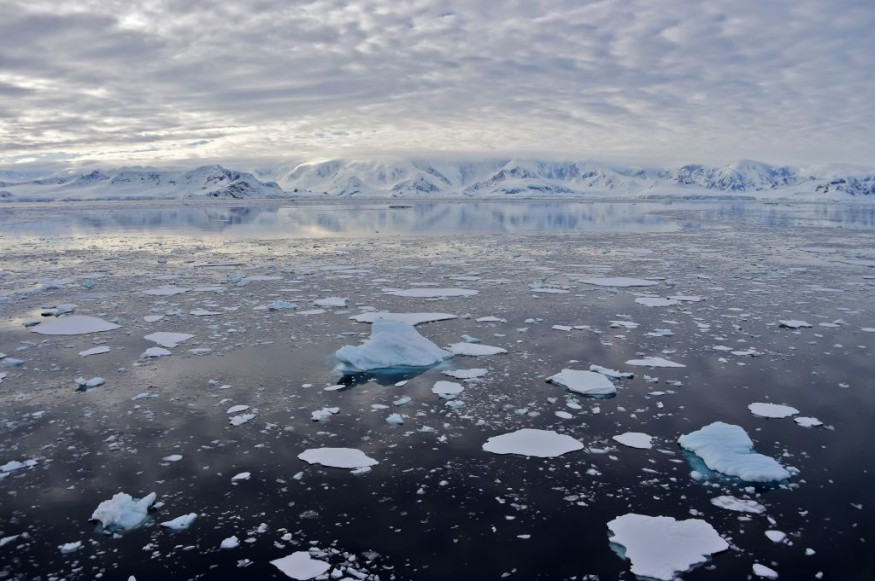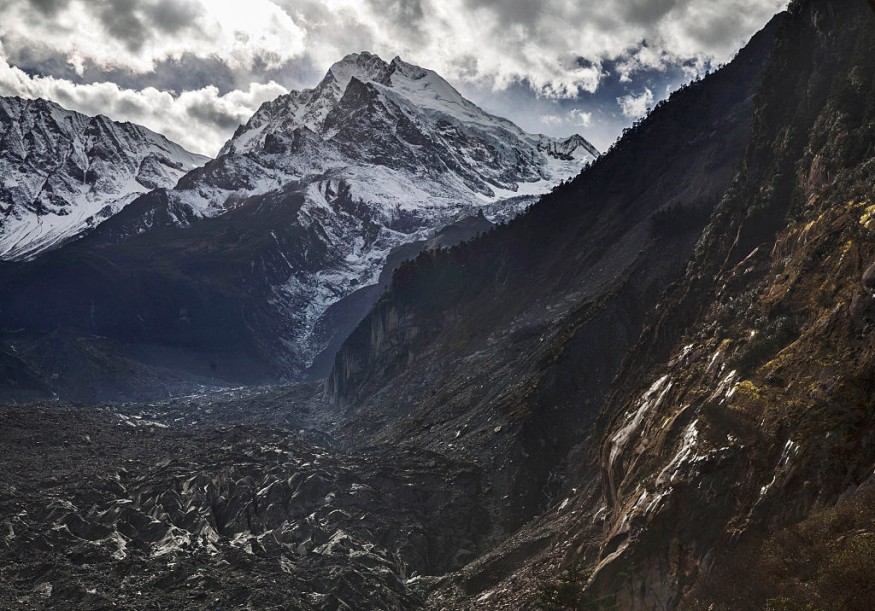Melting Glaciers are uncovering lost artifacts that have been buried in ice for centuries. As glaciers melt, ancient artifacts lost for hundreds or even thousands of years are still being discovered.

Glaciers Melting
Large blocks of ice, or glaciers, continually change and move due to their weight. Glaciers are important to local ecosystems in certain places because they supply water year round. The United Nations Educational, Scientific, and Cultural Organization (UNESCO) has designated many glaciers as locations and beloved landmarks.
Although glaciers continually shift, several have been retreating recently due to climate change. According to a recent report by UNESCO and the International Union for Conservation of Nature (IUCN), many of the glaciers on earth may disappear by the year 2050.
Finding Long-Lost Items

Explorers are finding long-lost relics encased in the ice as the glaciers melt. Most recently, items covered in ice were retrieved from the Walsh Glacier in Canada's Yukon Territory's Kluane National Park and Reserve.
A camera cache, tents, and climbing equipment were discovered by Teton Gravity Research, glaciologist Dorota Medrzycka, and professional climber Griffin Post.
The gear was abandoned by mountaineers Bradford Washburn and Robert Bates in 1937 while they explored the region.
According to Post, who spent the last 18 months investigating the Welsh glacier, as the glaciers worldwide continue to shift and change, many more relics may be lying in wait to be found.
While it is difficult to determine how much climate change contributed to the discovery of the equipment, Post said it "certainly made [their] job simpler."
We are beginning to see more evidence of various things and artifacts melting away, Post said, especially in the Alps, where humans have been going on glaciers for much longer than in other regions of North America.
In the melting glaciers of the Swiss Alps in August, two sets of decades-old human remains and airplane debris were discovered.
More than 2,000 items, including Iron Age and Bronze Age weaponry, were found in the mountains of Oppland, Norway, by a team of experts from Norway and the United Kingdom in 2018. As the ice melts quickly, the experts are rushing to find artifacts concealed in the glaciers.
In 1991, a mummy was also found in a glacier not far from the Italian-Austrian border. Its age was discovered to be 5,300 years.
These findings may also help scientists understand how glaciers are evolving over time. Scientists will now attempt to retrieve the undeveloped photos from the camera using the artifacts discovered in the Welsh glacier find. This should enable climate scientists to compare the glacier's appearance in the 1930s to today's.
Happening More Often
Researchers can track the glacier's movements over time thanks to the camera's discovery almost 12 miles from its initial location.
In terms of North America, where many of the early exploratory expeditions took place in the Yukon in the 1930s, Post said, "I think there will be more artifacts melting out from excess what expeditions have abandoned in the past and hopefully there's enough of a historical record to see where those artifacts started their journey and where they ended up."
Related Article : UN Warns that Major Glaciers May Disappear by 2050
For Environmental News, don't forget to follow Nature World News!
© 2025 NatureWorldNews.com All rights reserved. Do not reproduce without permission.





